Woodlice (Oniscidea)
Arthropoda -> Crustacea -> Malacostraca -> Isopoda -> Oniscidea
Woodlice may seem a bit common and unexciting, but spend any time at all observing them and you’ll quickly develop a soft spot. They’re crustaceans, belonging to the Order Isopoda, which means ‘equal feet’ and refers to their seven pairs of similar-looking legs. These armour-plated detritivores mainly feed on decaying organic matter, such as dead leaves and wood, and play a major role in regulating decomposition processes and mediating microbial activity and nutrient cycling. They form symbiotic relationships with bacteria in their guts, which helps them digest tough plant material - and curiously sometimes their Wolbachia bacteria symbionts can induce sex changes in an individual woodlouse. Woodlice are descended from marine Isopods, but have become very successful land colonisers - even managing to survive in the most arid deserts. More information on the ecology and diversity of these wonderful creatures can be found in the GSBI Atlas entry for them here. I recently wrote two papers in the BMIG Bulletin, reporting new woodlouse observations in England, including the first record for Metatrichoniscoides celticus in the country. Please feel free to have a read here.
In closing, I suppose my favourite thing about woodlice is the mind-blowing variety of different (and creative!) common names for them throughout the English-speaking world. A few of my personal favourites are: "Billy Baker" (South Somerset), Billy Button (Dorset), "Charlie Pig" (Norfolk), "Cheeselog" (Reading), "Cheesy Bob" (Guildford), "Chuggy Peg" (North Devon), "Daddy Grampher" (North Somerset), "Dandy Postman" (Essex and East London), "Granny Grunter" (Isle of Man), "Monkey-Peas" (Kent), and "Piss-The-Bed" (Netherlands).

Rosy woodlouse (Androniscus dentiger)

Ant woodlouse (Platyarthrus hoffmanseggi)
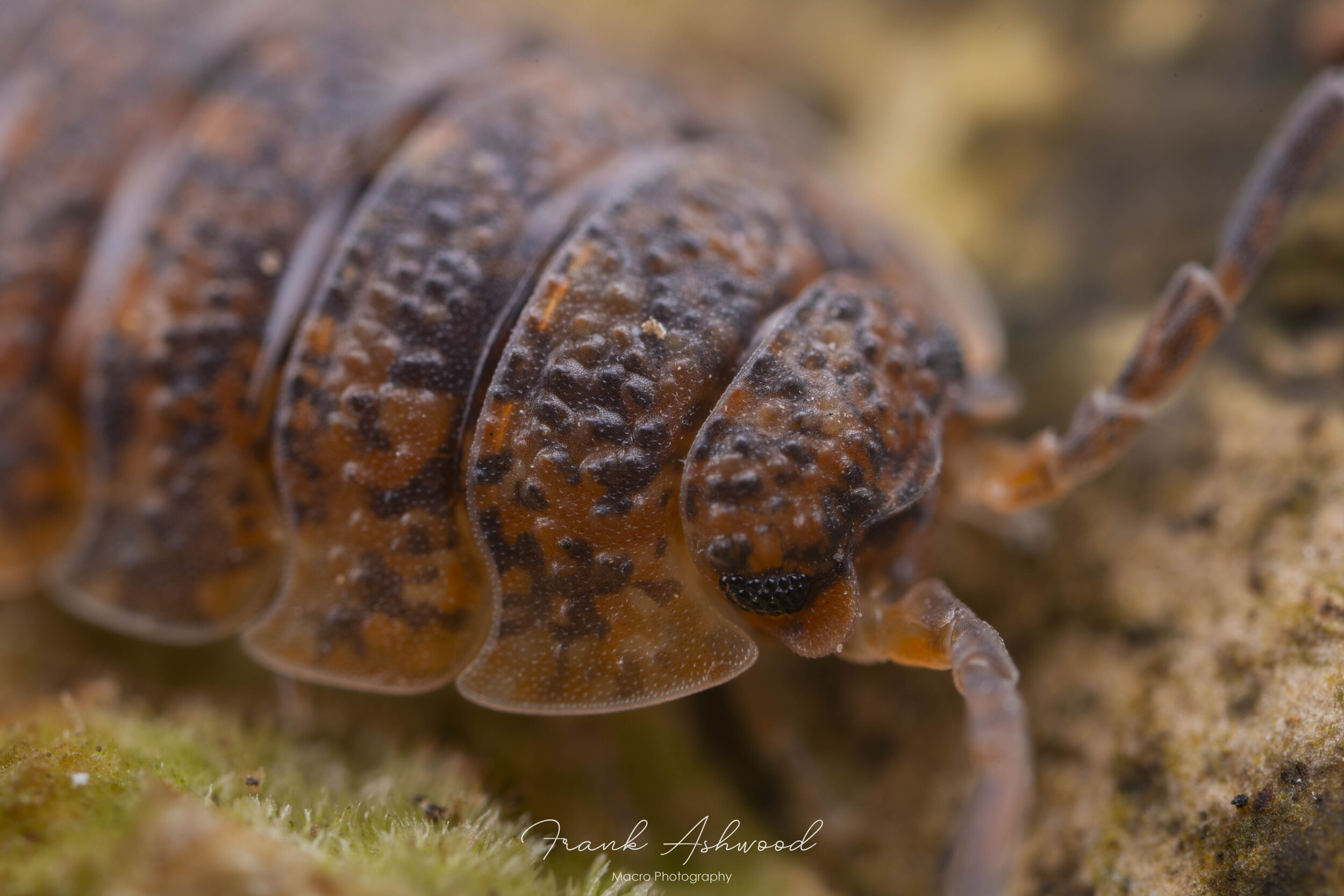
Common rough woodlouse (Porcellio scaber)
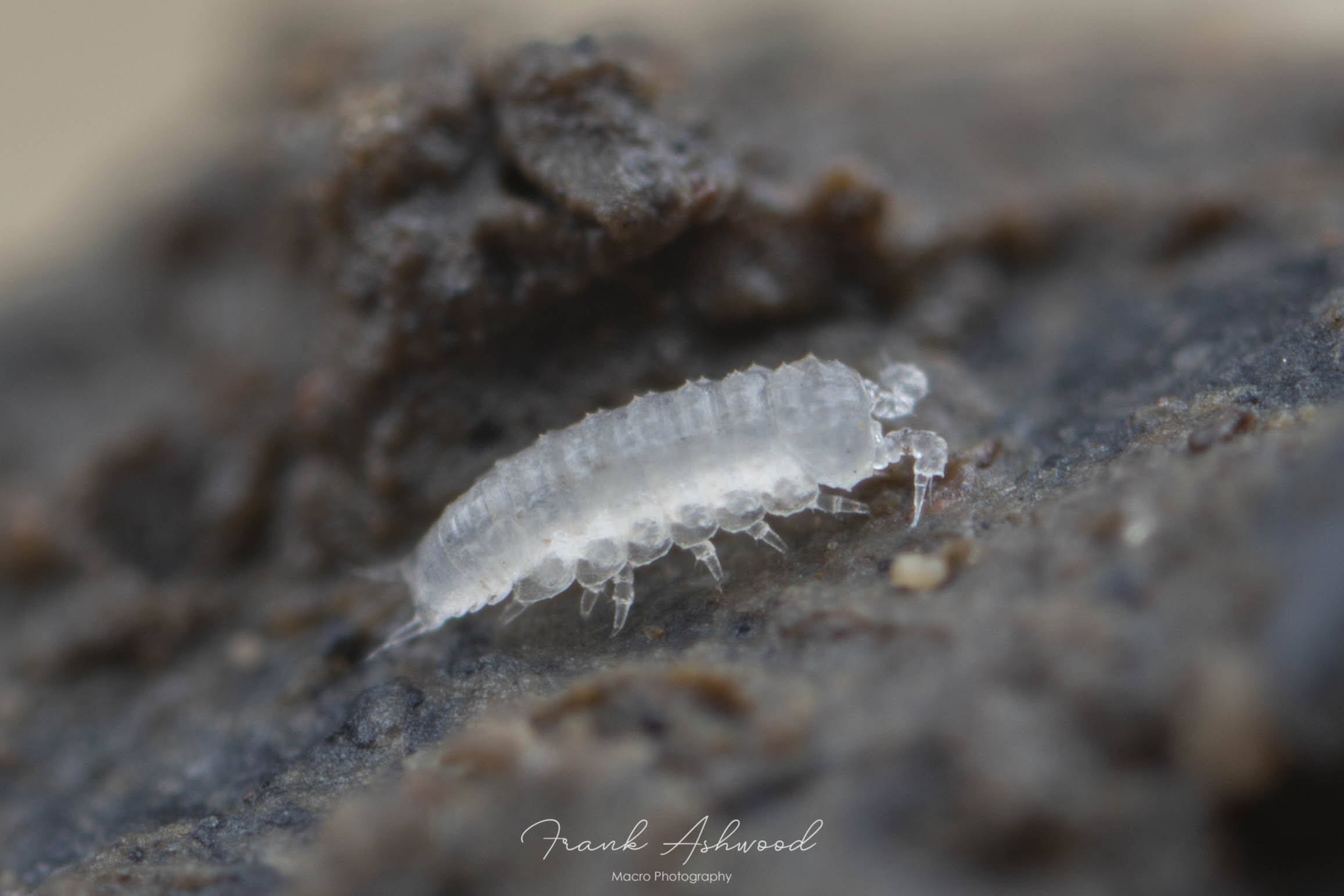
Metatrichoniscoides celticus

Trichoniscus pusillus agg. with fungal fruiting body
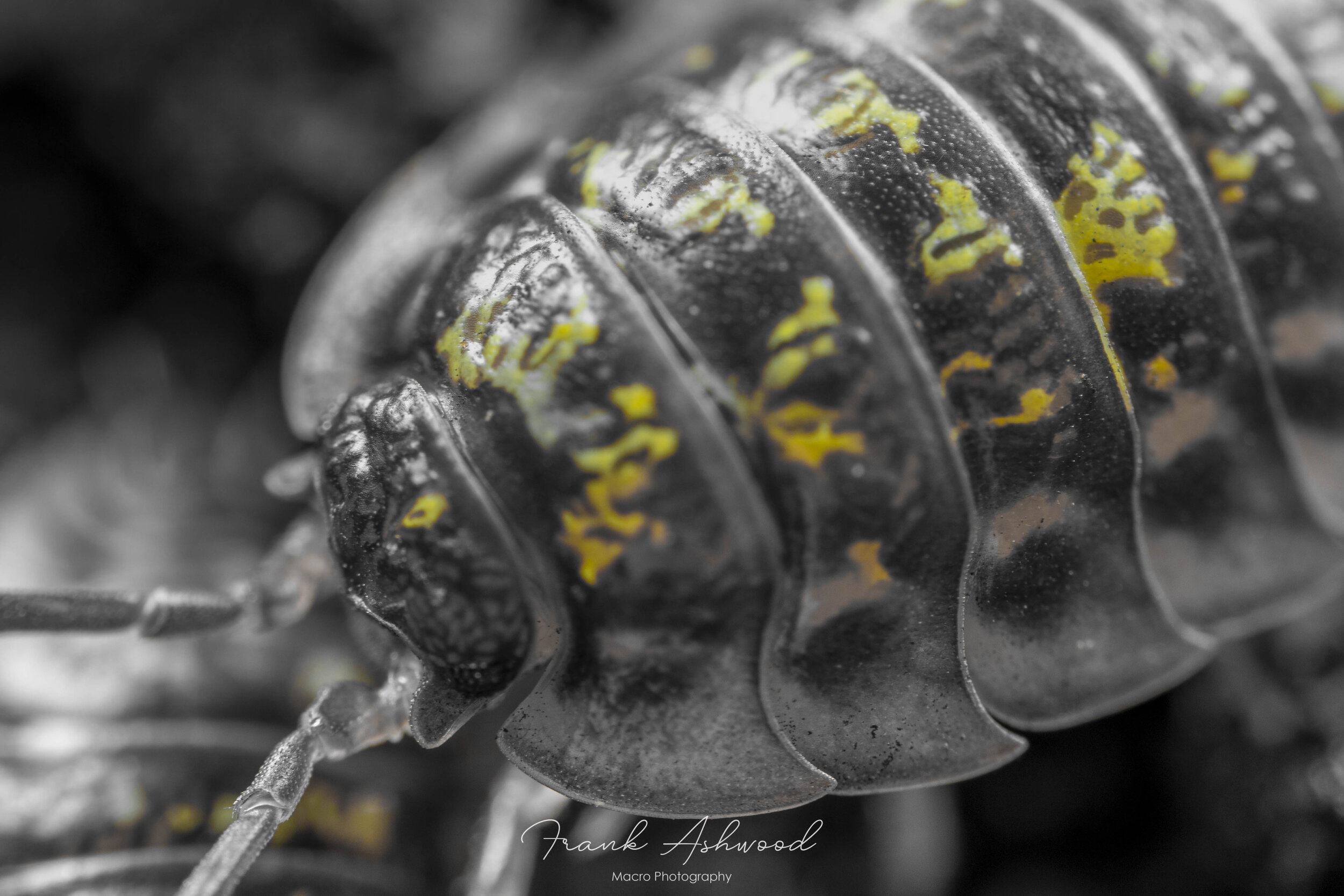
Common shiny woodlouse (Oniscus asellus)

Rosy woodlouse (Androniscus dentiger)
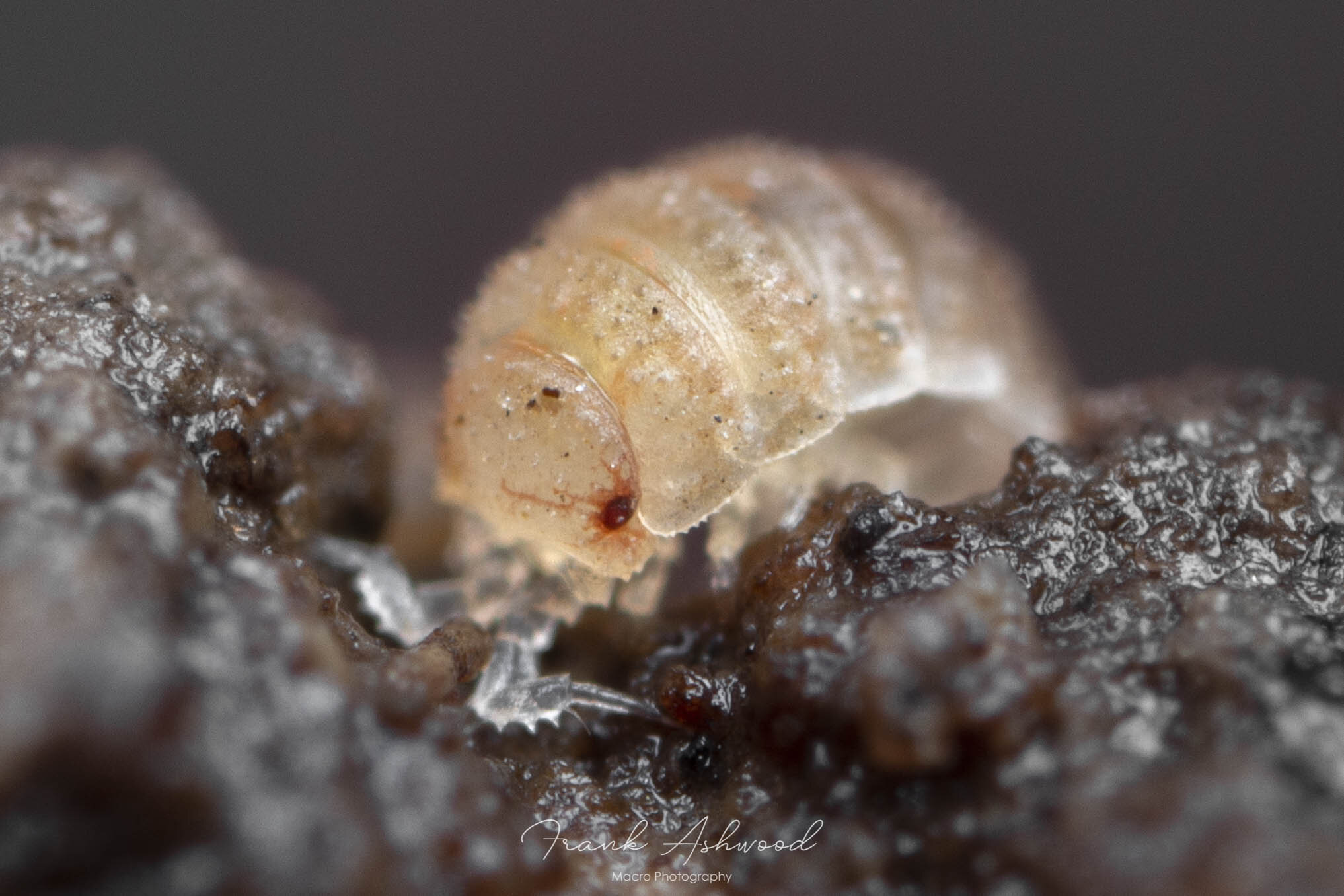
Trichonisoides sarsi
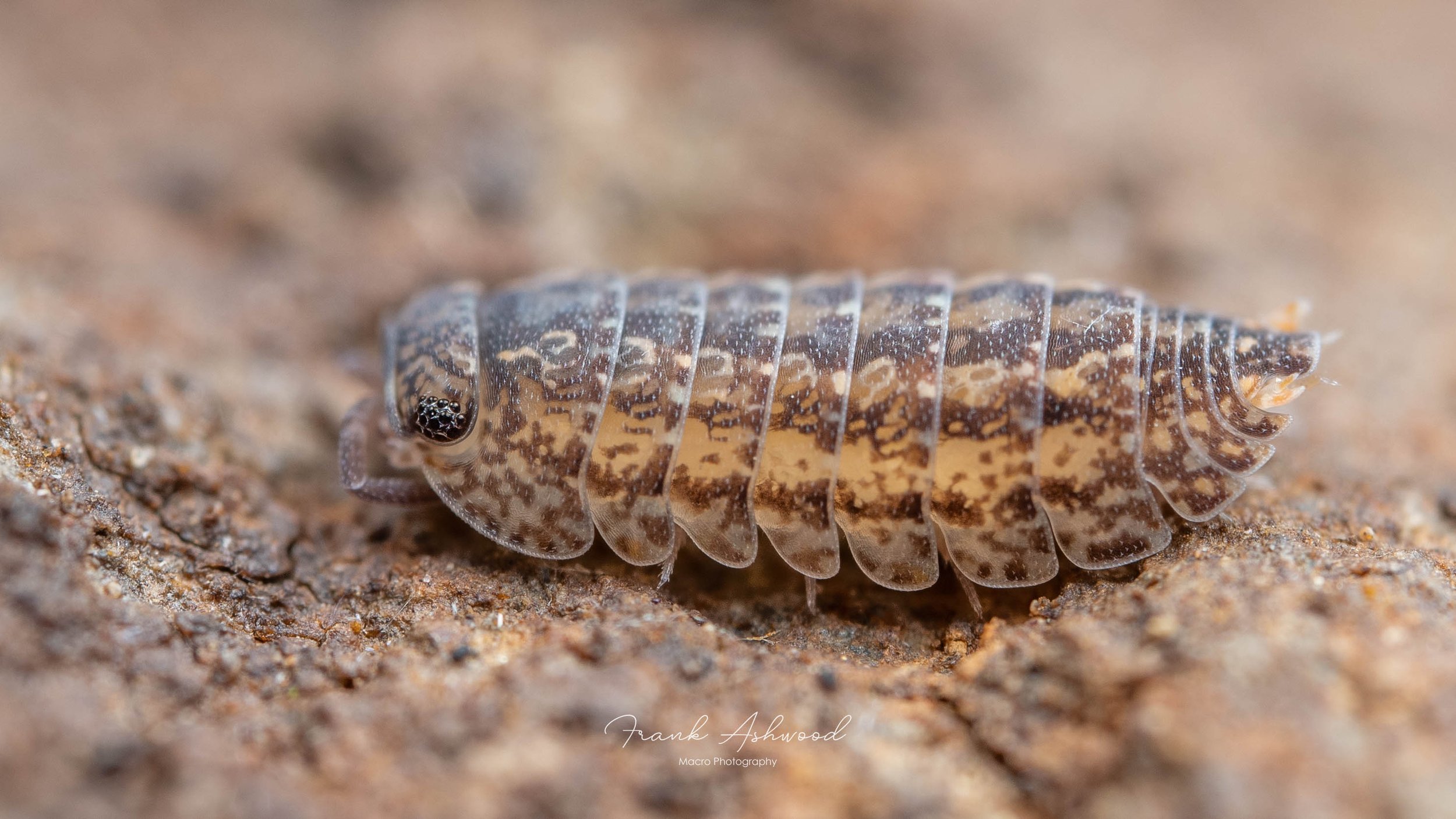
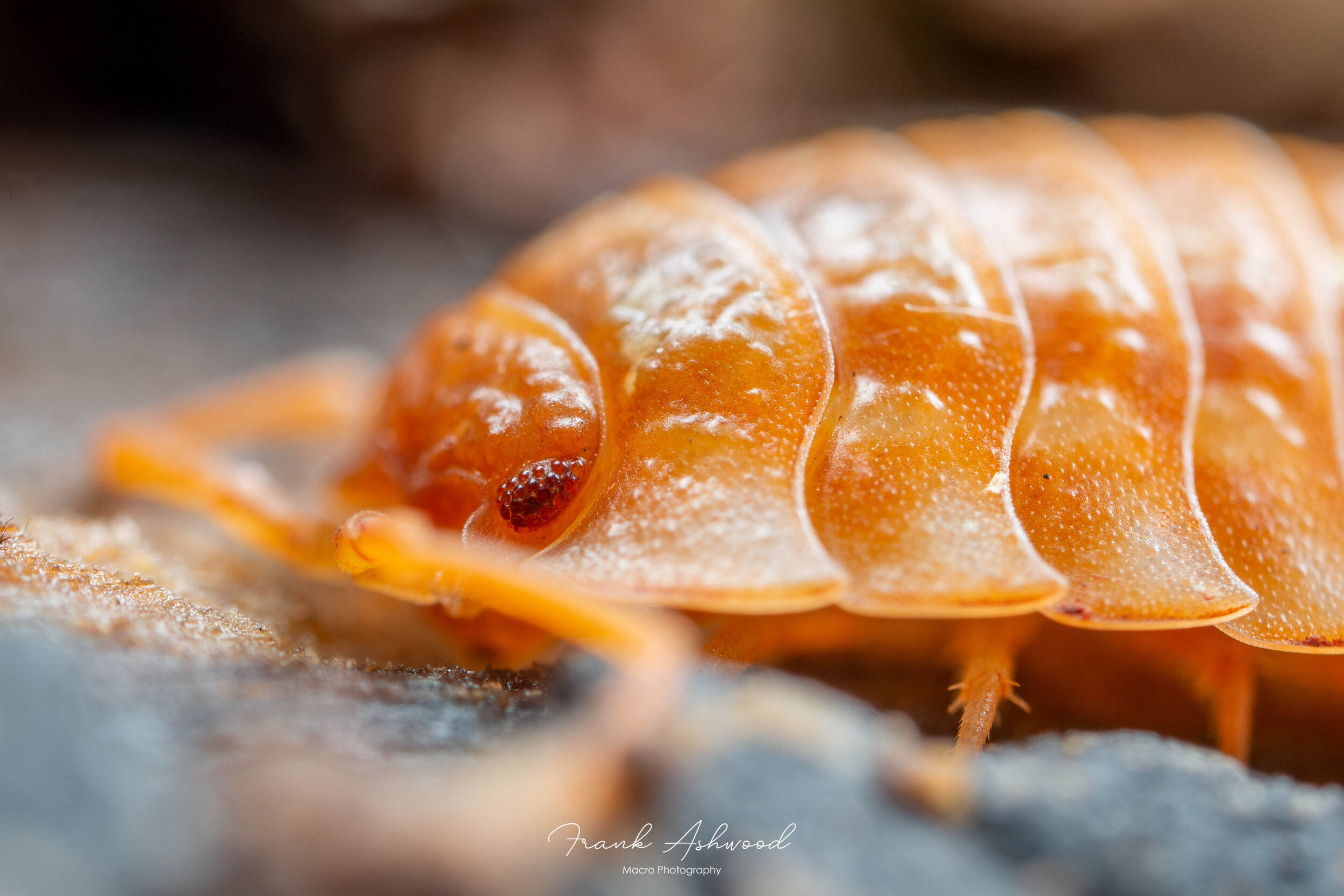
Common shiny woodlouse (Oniscus asellus - orange morph)
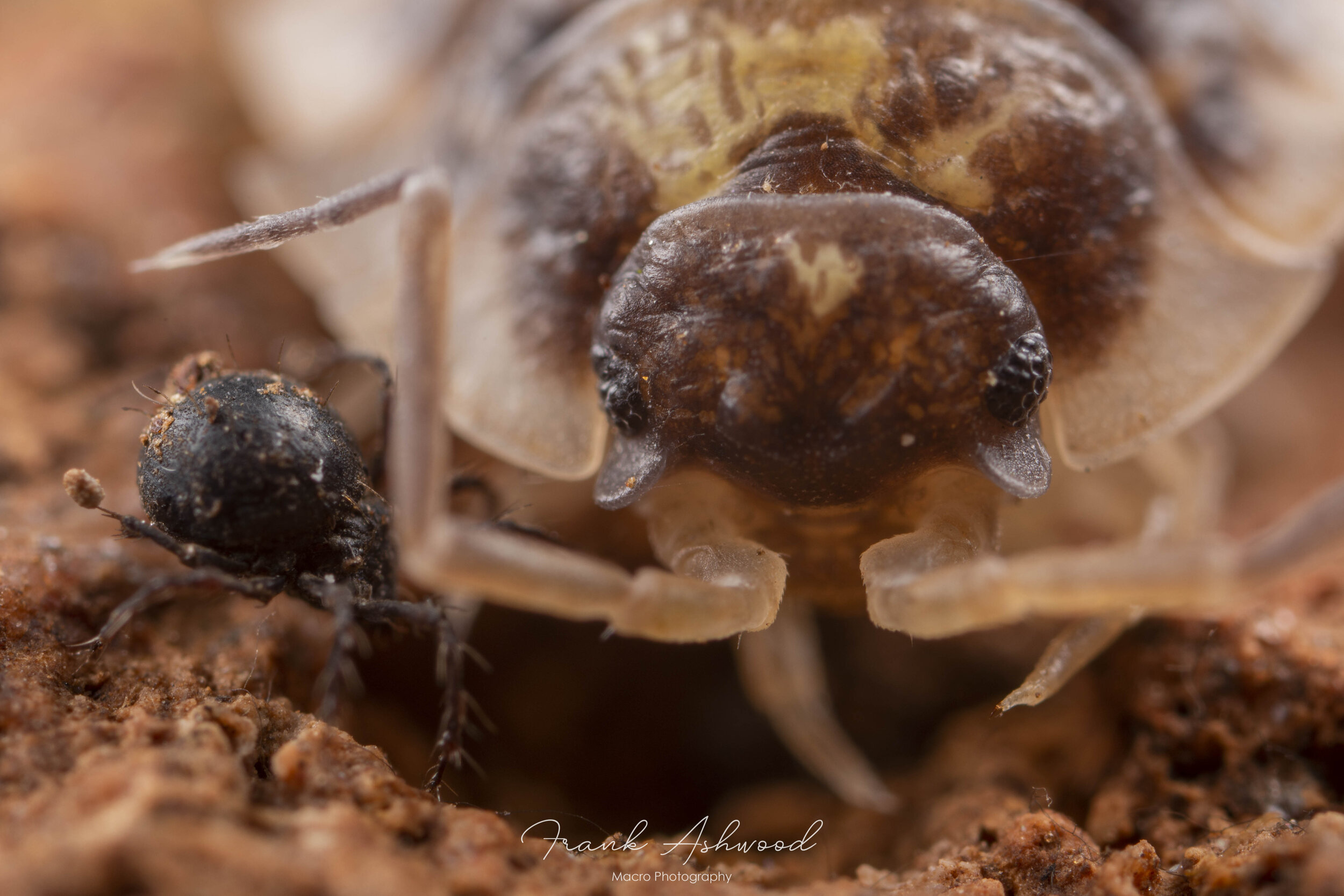
Damaeidae mite and Common shiny woodlouse (Oniscus asellus)
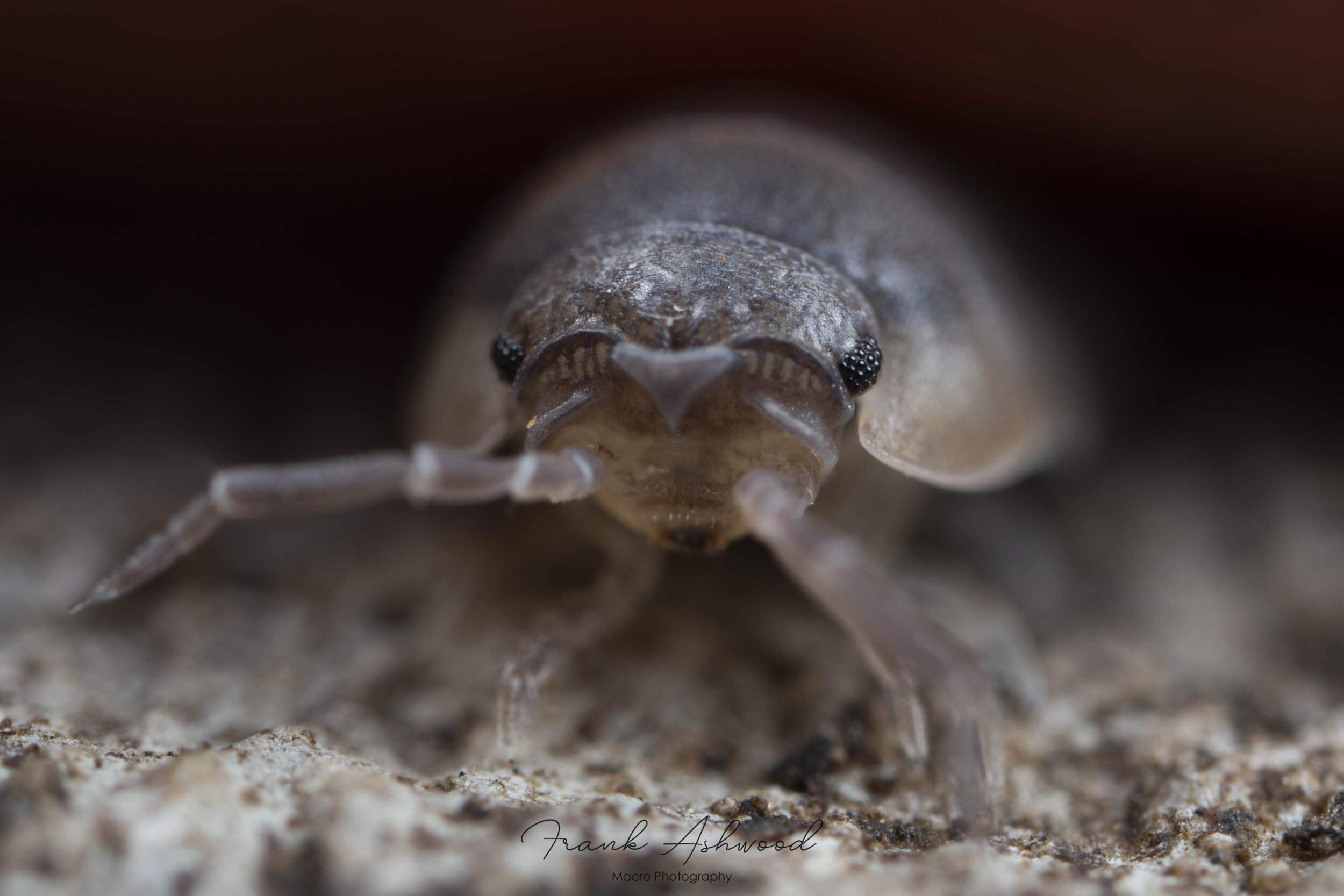
Armadillidium nasatum

Metatrichoniscoides celticus
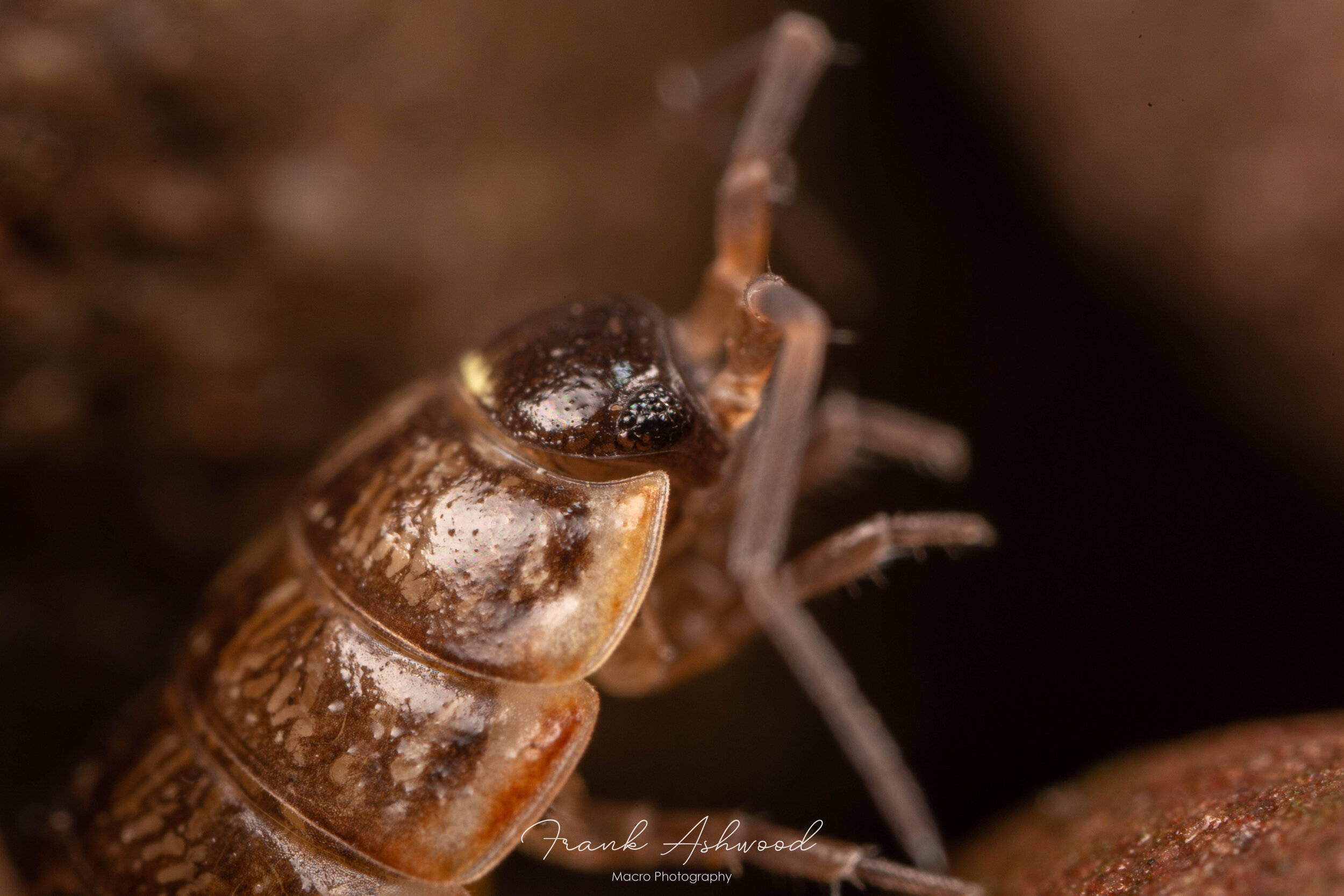
Common striped woodlouse (Philoscia muscorum)

Common rough woodlouse (Porcellio scaber)
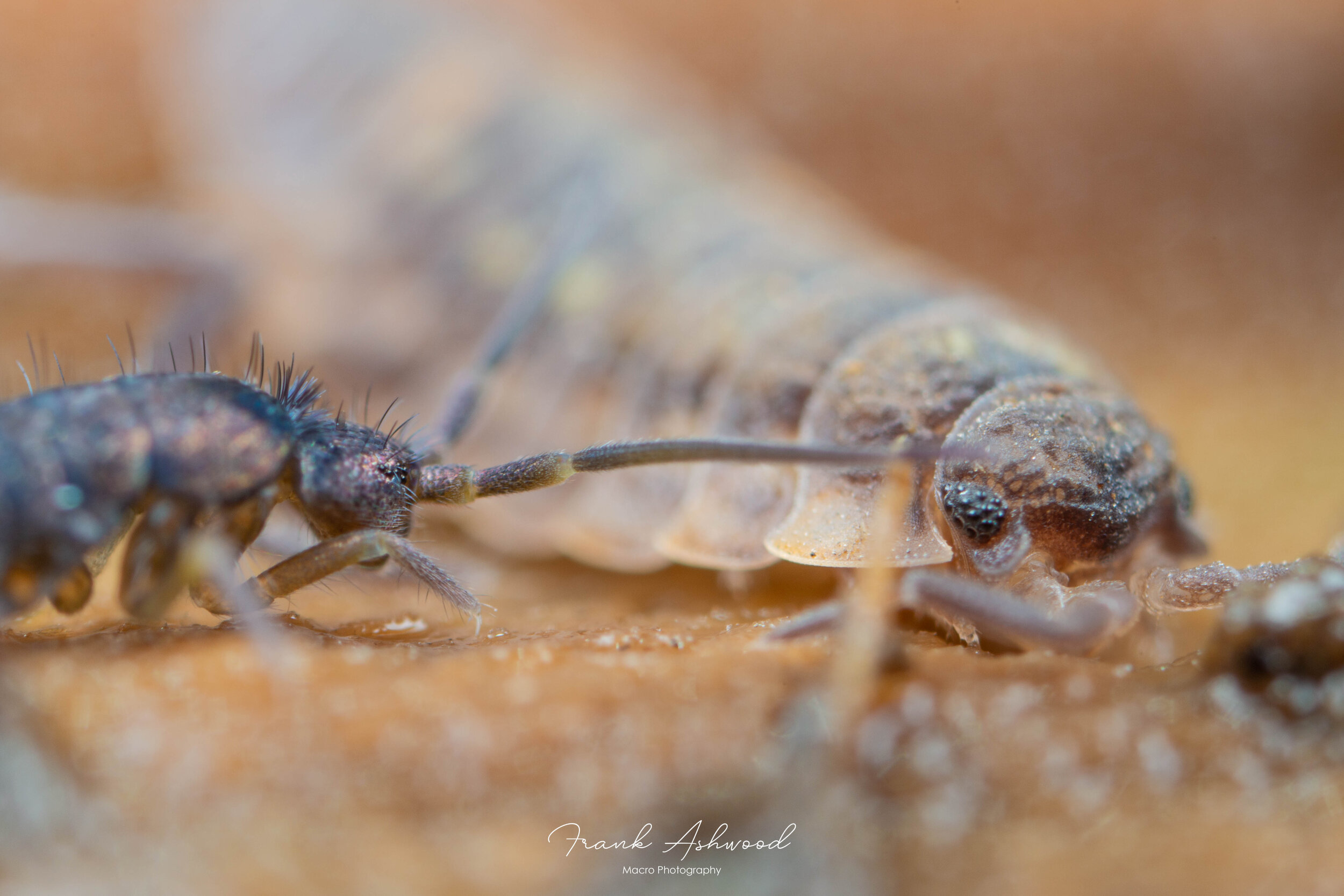
Common shiny woodlouse (Oniscus asellus) with springtail (Tomocerus sp.)
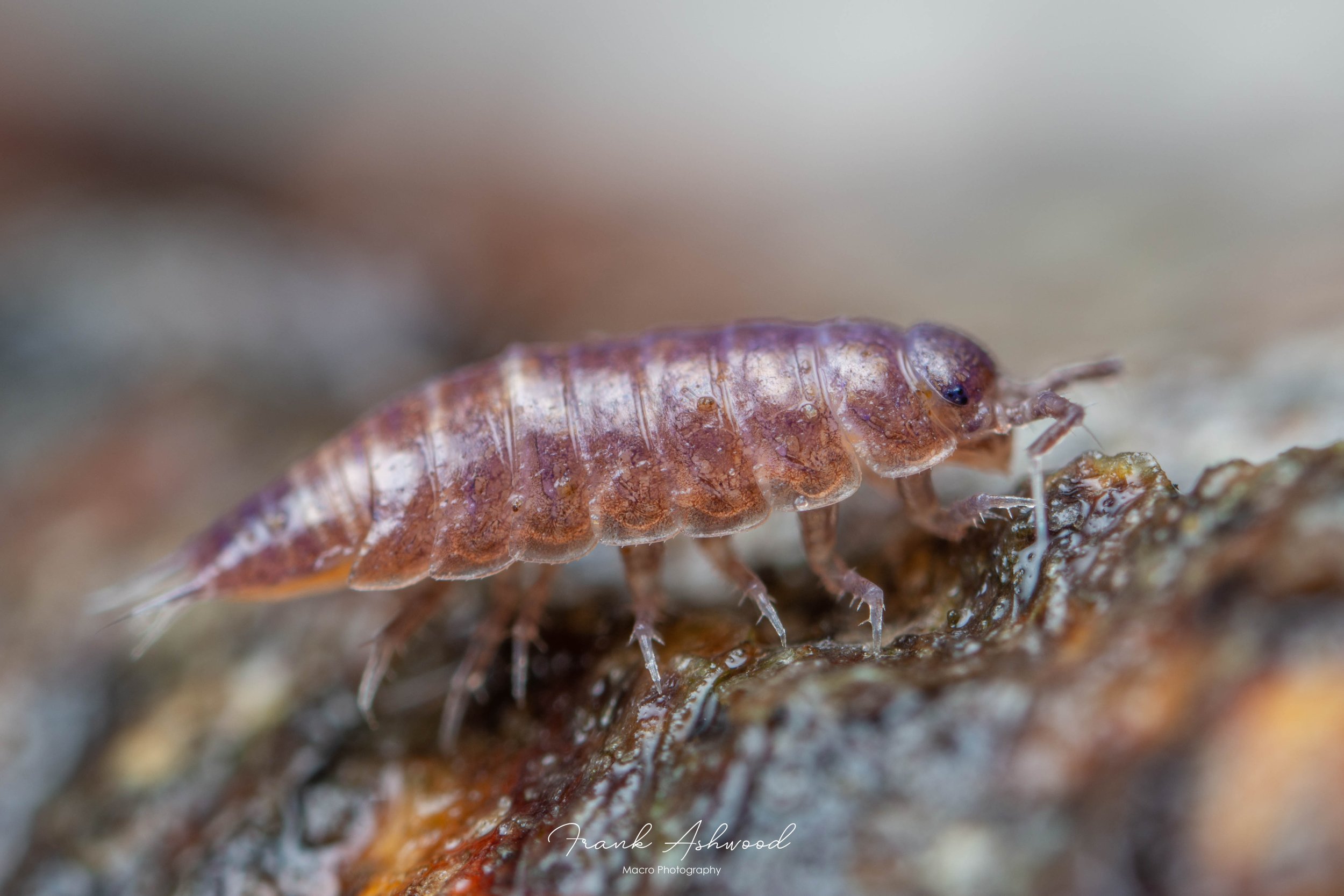
Trichoniscus pusillus agg. with purple iridescence from infection with Wolbachia bacteria
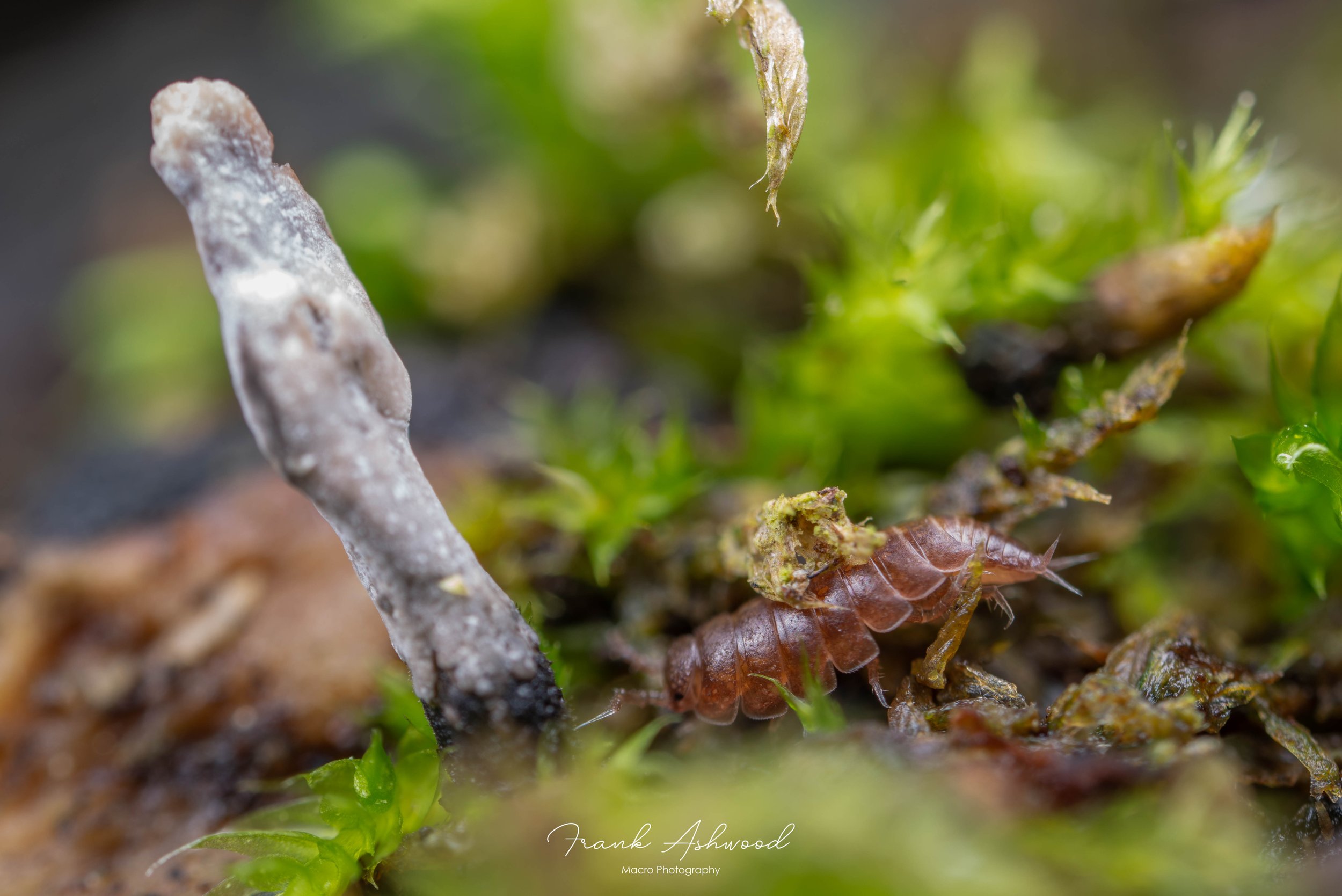
Trichoniscus pusillus agg. with Dead Man's Fingers fungus (Xylaria polymorpha)

Metatrichoniscoides celticus
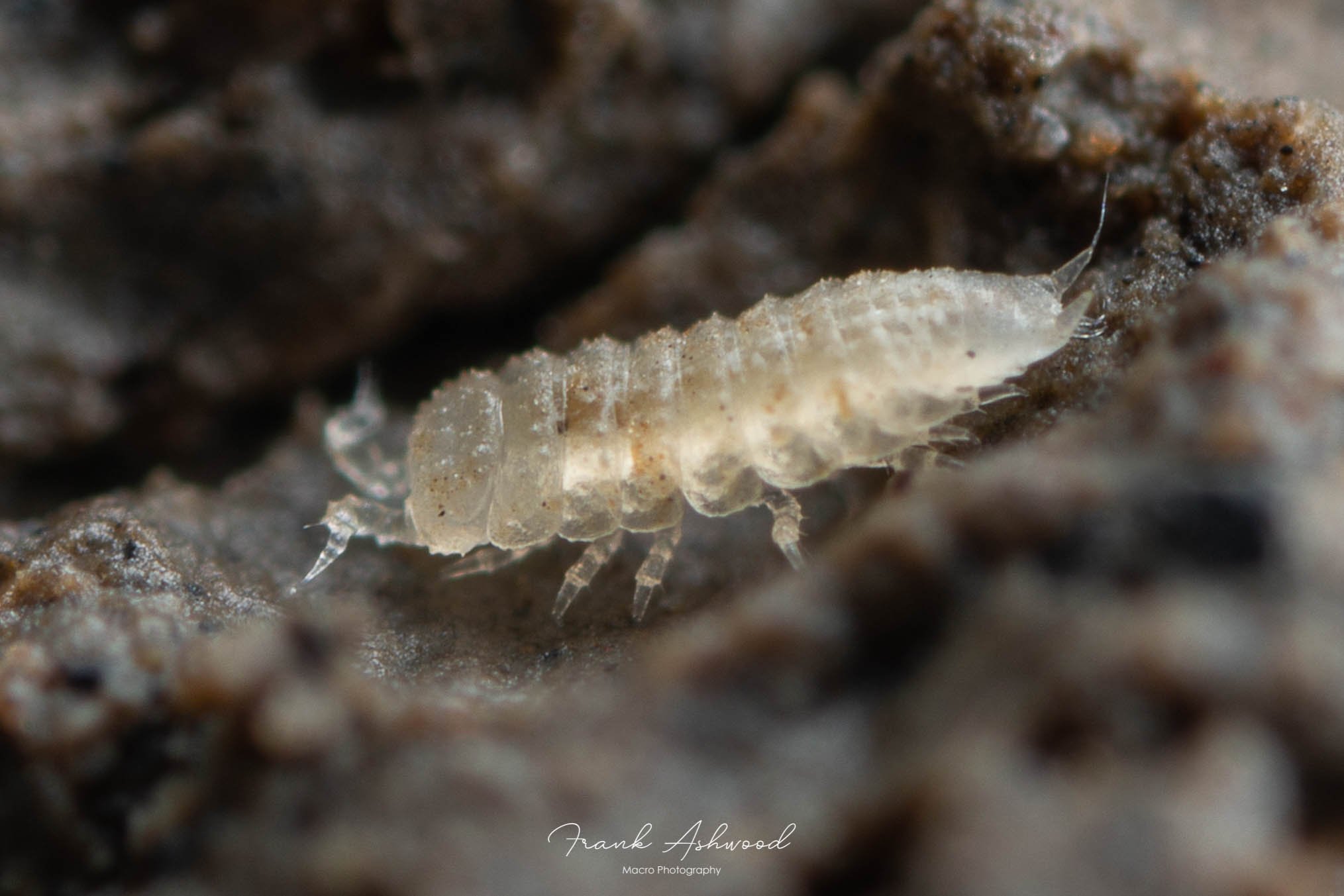
Metatrichoniscoides celticus